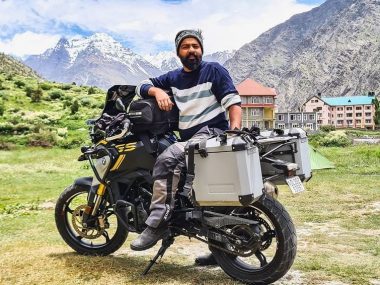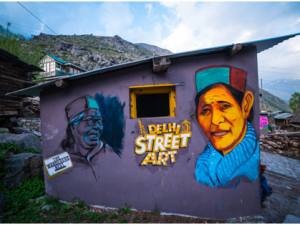I hope you are amazed by the beauty of the village, Chitkul! Now if you are not visited this place or want to visit in future, then you are in the right place. Within a few minutes of reading this article, you can get ideas about why every traveler must visit Chitkul village, how to reach this place, what are the attraction of Chitkul etc.
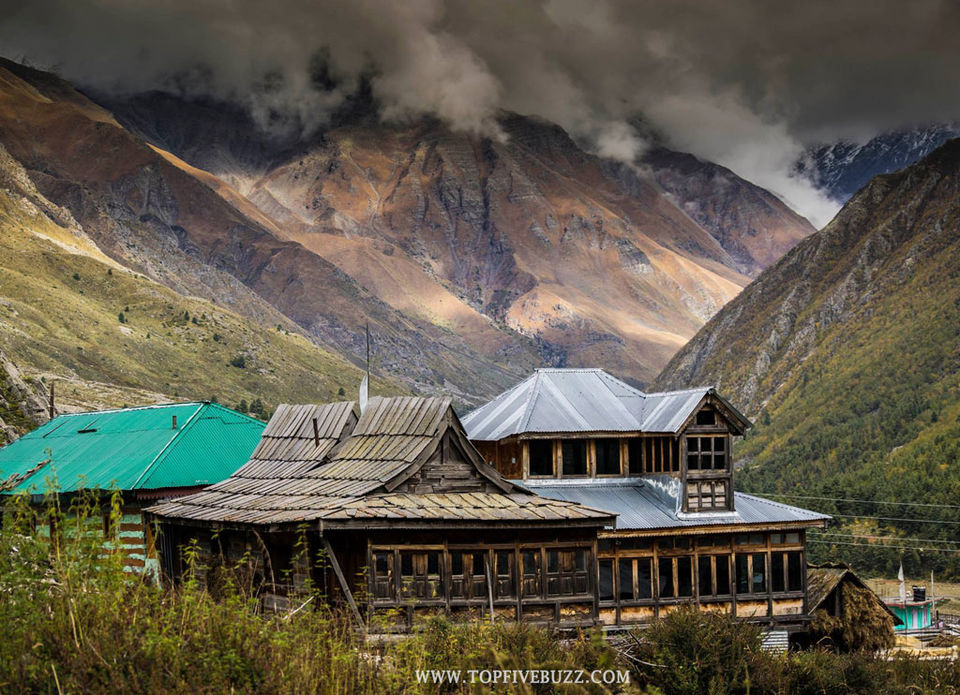
So let’s start with a brief history of Chitkul
Chitkul is a small village near Indo-China border in the Sangla Valley of Himachal Pradesh. Baspa river is the main source of water for this small village. The village is 25 km away from Sangla, it takes 2 – 3 hours to reach Chitkul. It is situated at 3,450 meters above the sea level. This village has its own charm with people who are living here. In this heavenly place, people are calm, quiet, honest and believer of both Hinduism and Buddhism. In the ancient mythology, the people of Chitkul were known as Kinnaras means the halfway between Gods and Humans.https://www.tripoto.com/giga/pre-roll/welcome-to-saudi
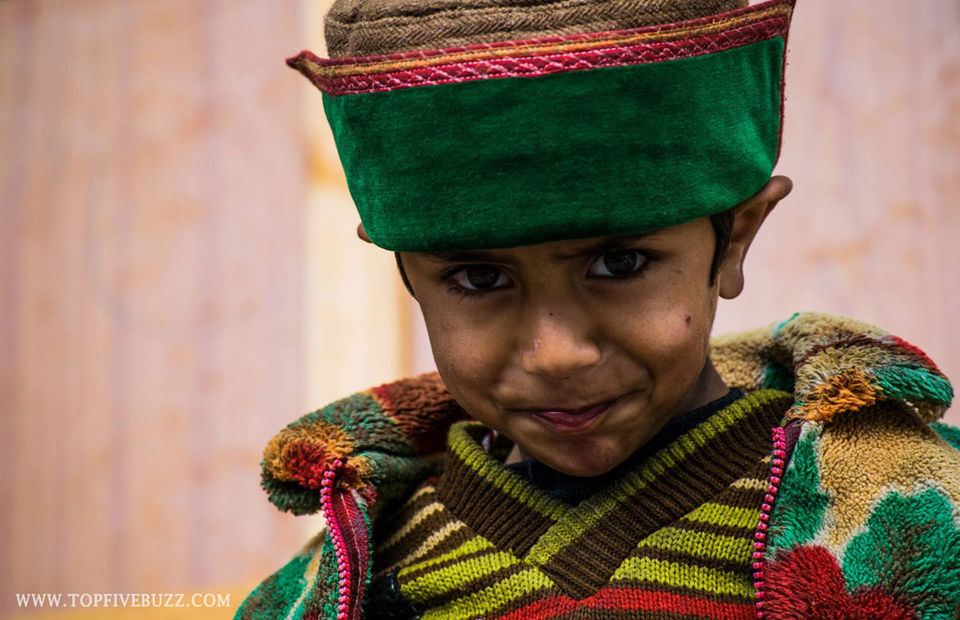
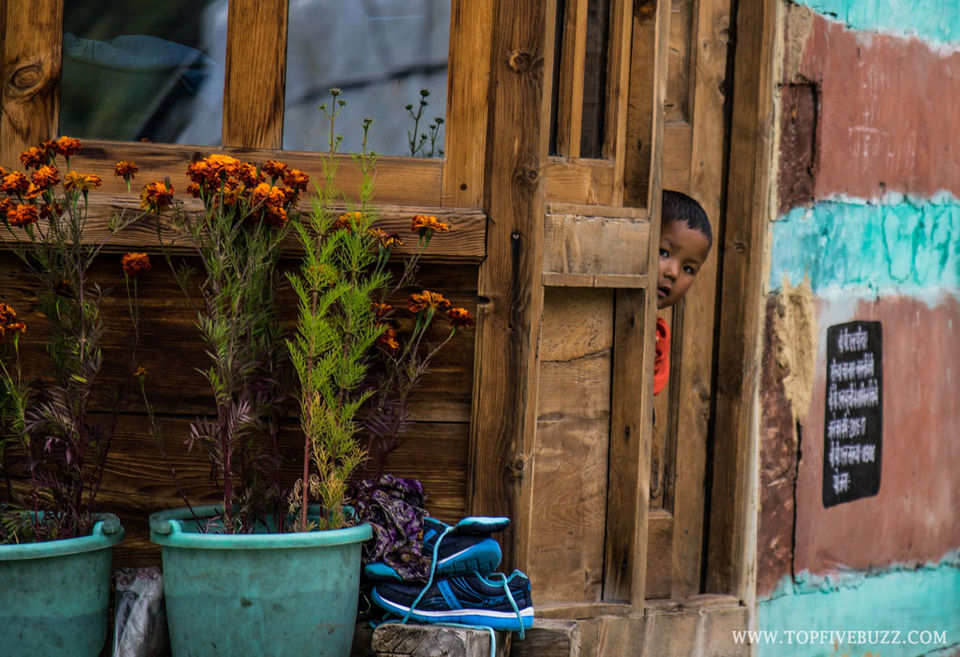
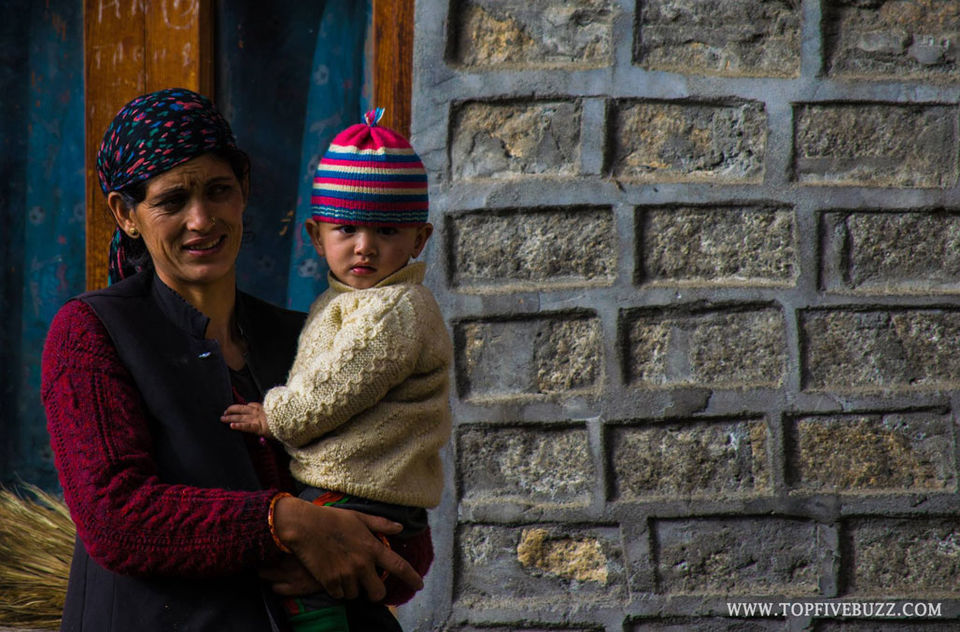
Chitkul

Chitkul Village is that distant spot on the map where travel stories end. Overwhelmed by the mountains and bogged down by the journey, travel experience is a quiet one in this remote village of district Kinnaur. However, if you stay long enough, talk to locals and read about it, truly enchanting stories await you here. What I understood during my stay here is that there’s more to this little town than the surreal peaks and the mesmerising Baspa river.
Facts about Chitkul Village that will blow your mind!

A mix of Animism, Buddhism and Hinduism
Hinduism and Buddhism don’t just co-exist in Kinnaur but they overlap. Both the religions have historically worked to strengthen the rule of the king of Bushahr in Kinnaur. Hindus believe that the royals of Bushahr are the descendent of Pradumn, the grandson of Krishna. According to the Buddhist theory, Raja of Bushahr reincarnates after his death as Guru Lama or Dalai Lama.
In Kinnaur district, it’s quite common for one village to have a gompa along with a temple and local people pay their respects in both every morning. The traditions were solely animistic in the beginning and human sacrifice was quite common. Every temple till date has a raised platform which is now used for animal sacrifice instead. The region was later influenced by the Hinduisation due to the close proximity of this region to Badrinath and Gangotri, right across the Dhauladhars in Uttarakhand. In fact there is a Badrinath temple in the Kamru Fort on the way to Chitkul from Sangla where a popular fair is held every three years and a procession that starts from here takes the idol to Gangotri. The Buddhist influence is brought to this region by the wandering shepherd and trading communities from over the Charang Pass beyond which lies Tibet.

Why are these deities so important?
Back in the days, around 121 generations ago to be precise, the Thakur (chieftan) or the village of Kamru near Chitkul Village rose to power and became the king of Bushahr. Kinnaur was a part of this kingdom. Why deities became so important because the king then officially handed over his kingdom to goddess Bhimakali of Sarahan, the capital of Bushahr kingdom and acted as a viceroy himself. This was also a way to legitimise his authority over the extremely religious people.
Another reason why traditionally the deities are so important is because the king could never travel to the remote regions of his kingdom so he sent the deities with an entourage of more than a 100 people and the deities would tour around the region strengthening the sense of oneness under the kings rule.
Local deity of Chitkul
Every village in Kinnaur has its own local deity and Chitkul is dedicated to Mathi Devi. There are three temples dedicated to the deity in this village. Mathi Devi is said to have travelled a tedious journey before reaching this village with the members of her family. According to the myths, the presiding deity of the neighbouring village of Kamru, Lord Badrinath is her husband. Nag Devta of Sangla and Shamshare Devta of Rakhcham are her nephews.
Mystery of the origin
Unlike the people in the other towns of Kinnaur district, the original inhabitants of Chitkul and the sister villages of Rakksham and Sangla have no trace of mongoloid features. Tall and strikingly fair, some researchers have traced their ethnicity to the Khamba tribe of eastern Tibet and some associate them to the dards of Northern Himalayas but the exact origin remains a mystery.

Preserved oral history of the region
The history of Kinnaur is preserved through a peculiar oral tradition. The generations of Gorkchs, the traditional local oracles specialise in reciting historical narratives. The performances of the Gorkchs during festivals is a celebration of the culture through oral history preserved by these bards. These performances include local history as well as the recitation of the myths of the presiding deities of the villages.
PLAN YOUR JOURNEY
How to reach?
The best way to reach Chitkul is to take an overnight bus from Delhi to Shimla which leaves you at Tutikandi bus stop at the wee hours of the morning. From Shimla you can hire a taxi to Chitkul. You can also take a bus from Shimla to Sangla that leaves at 7 am and drops you at Sangla in the evening. You can find local taxis or hitchhike from Sangla to Chitkul.

